Everyone knows what Operation Overlord was. , although it is generally known more as D-Day, the Normandy landings carried out during the summer of 1944 to definitively tip the balance of World War II towards the Allied side.
What is no longer so familiar is that this mission was almost a pain in the ass that was preceded by internal discrepancies among the Allies regarding a previous plan, designed two years earlier and finally discarded as premature:Operation Roundop .
1942 was a crucial year for the contest. Despite the US's entry into the war, the Japanese had driven them out of the Philippines, taking over most of Southeast Asia and threatening India and even Australia. The Germans advanced unstoppably through Russia, controlling Belarus and the Ukraine, in addition to laying siege to Leningrad and beginning to look towards the Caucasus to seize its oil wells. Likewise, in North Africa they pushed the British towards Egypt with Italian collaboration.
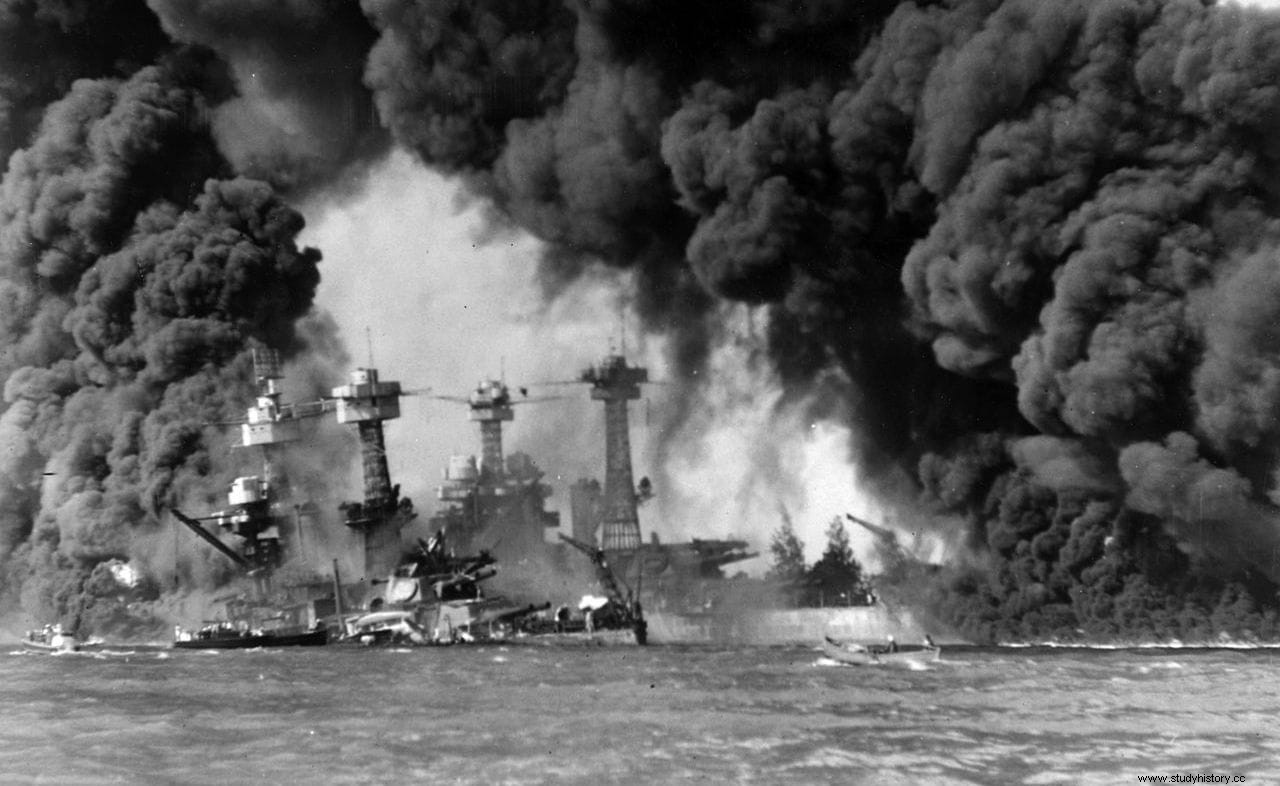
That was the scenario, aggravated by the implementation of the Final Solution against the Jews. But suddenly things changed. In the Pacific, the Americans stopped Japan by sea and air in the Battle of Midway, which allowed them to launch an offensive in the archipelagos of that part of the world, winning the Guadalcanal campaign and turning the war in such latitudes. . At the same time, in the summer, the Battle of Alamein put an end to German rule in North Africa.
And to top it off, Stalin insisted on staying in Moscow to set an example and that led to a closed defense of the capital plus a counteroffensive that failed but at the cost of bleeding men on both sides that the Soviets could remedy thanks to their human potential. but the Wehrmacht Not that much. Later, it became mired in Stalingrad and ended in catastrophe. In short, there was a turning point in the course of the conflict that caused some to recover an old idea proposed at the Arcadian Conference from Washington in December 1941.
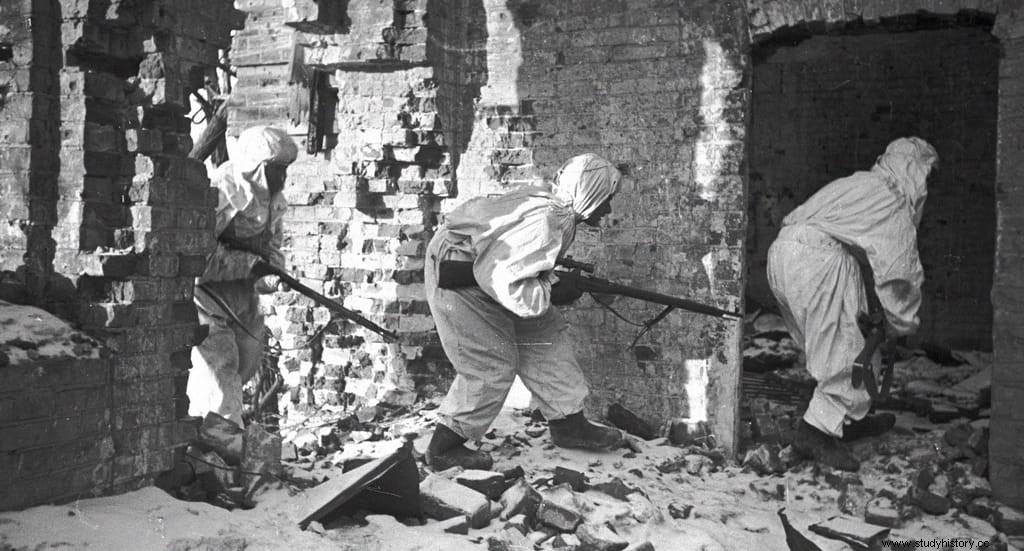
After the Japanese attack on Pearl Harbor on December 7 of that year, Hitler made the mistake of declaring war on the US four days later, underestimating its industrial and military capacity. That same month the Allies met in the US capital and agreed on the Germany first strategy. , focus on defeating that country before Japan, considering it stronger, even though public opinion was not so clear about it because the blow received in Hawaii had nothing to do with the Germans.
However, most of the US troops were in the Pacific, so the so-called Operation Bolero was designed. :his progressive transfer to the United Kingdom. Now then, Bolero it was only a part of a whole; the first and basic
The second, the really important one, was to initiate an Anglo-American invasion of Europe from France that would put Hitler on the ropes and then allow Japan to pay attention. It was baptized with the name of Operation Roundup .
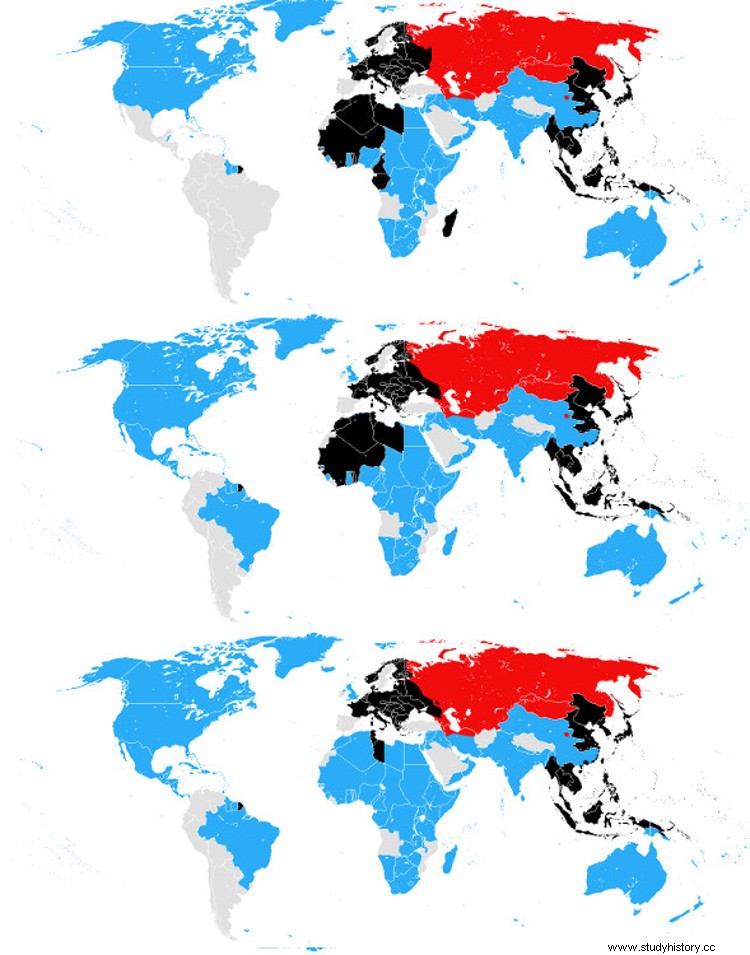
Dwight D. Eisenhower was its main supporter, since he was in favor of placing the war scene on the continent as soon as possible to accelerate the war and end it with the least possible number of casualties, as President Roosevelt's political postulates dictated. So landing on the Gallic coast was the shortest route to Berlin and he suggested that same year the following year, 1942, to carry out the plan. Marshall enthusiastically supported it but, instead, it fell on the British commanders like a bucket of cold water.
They had good reason for his skepticism. First of all, his experiences on the Somme during the First World War were still etched in their memories, and probably Churchill also remembered the Gallipoli fiasco. In fact, it was not necessary to go back that far because recently, on August 19, Operation Jubilee (an amphibious attempt to take the French port of Dieppe) had ended disastrously, with the loss of more than half of the men used (some 3,500) leading to the de facto disbandment of the 2nd Canadian Infantry Division.
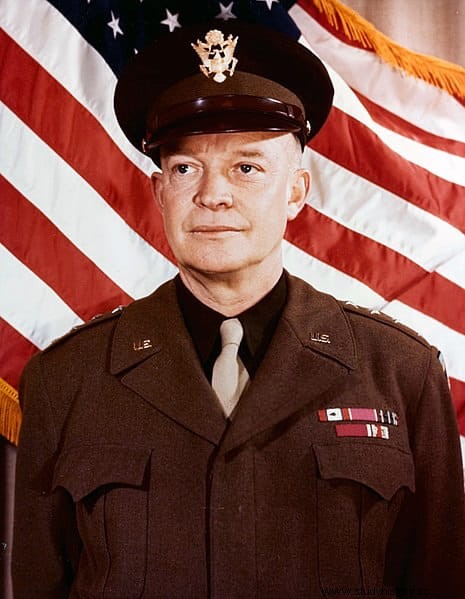
Therefore, although the British also wanted to finish as soon as possible, they wanted to do it safely, without unnecessary risks. In other words, postponing that landing until the enemy was compromised by another front, the Eastern one, since the news that arrived from the Soviet Union was hopeful and assumed that, shortly, the Red Army would leave its borders behind to go pushing the Wehrmacht towards theirs. During that impasse , Churchill reasoned, the inexperienced Americans could gain experience and there would be time to assemble a formidable invasion force.
Thus, between the autumn of 1942 and the beginning of 1943, the main stage was the Mediterranean, where the campaign became more complicated than expected and a year passed, delaying the Operation Bolero again and again. . Moreover, the subsequent Operation Torch (Allied landing in Tunisia on November 8) would require the use of 116 transport ships plus 195 escorts. In the United Kingdom, only one North American division remained, the 29th Infantry and a contingent of the National Guard, along with 22 British and 4 Canadians who, however, were in training and only constituted the reserve.
Taking into account that Roundup intended to establish beachheads in Boulogne and Le Havre, it was estimated that 48 divisions and 5,800 aircraft would be needed, something completely impossible at the time. It is enough to know, as a significant fact, that the following year, on the beaches of Normandy, 39 divisions would be used. The British insistently used those figures to show the difficulties of attempting to carry out the landing in 1943 and they were so convincing that Marshall recommended Roosevelt to forget about the Germany first strategy. and redirect your attention to the Pacific.
To avoid the breakdown of a common strategy, a compromise solution was reached:Great Britain would recognize the importance of the Pacific scenario, in which they would collaborate, in exchange for the US doing the same with the priority of the European. They would also commit to Operation Roundup if the US assumed that the next campaign would be the Mediterranean. A joint Command Center would be created and the study of a possible large-scale invasion of France would be left until the end of 1943.
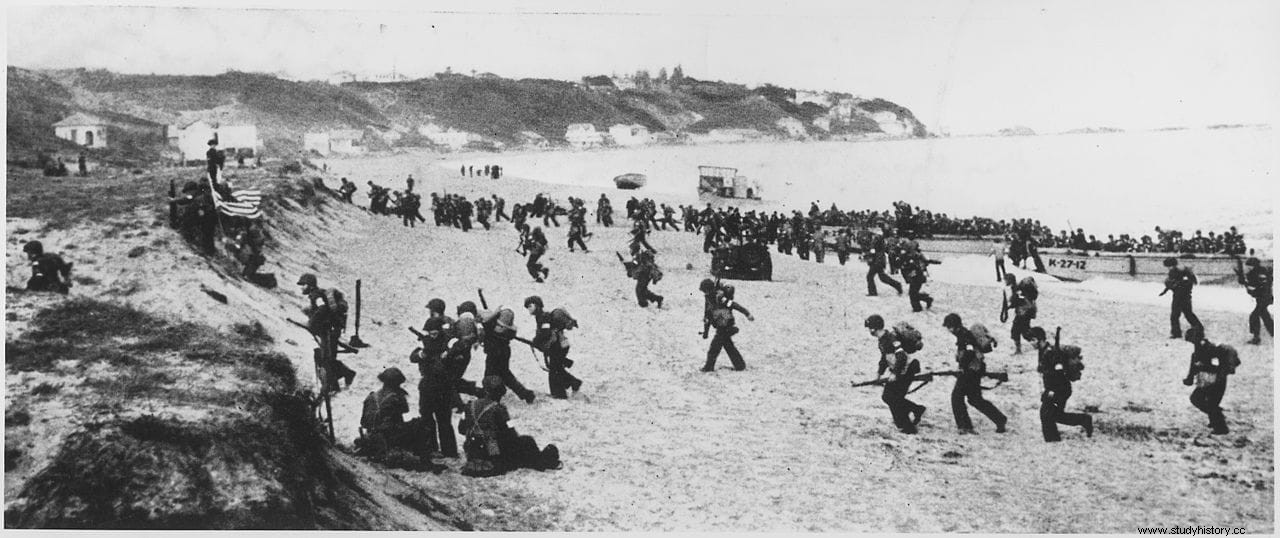
The new Command Center was called COSSAC (General Staff of the Allied Supreme Command), proposing as a candidate to preside over it the American General Eisenhower with the British Lieutenant General Frederick E. Morgan as assistant; in the end it was Dick Mountbatten who was chosen, while Marshall would be the one who would lead Operation Roundup . Now, plans are one thing and reality is another. The opening of the Mediterranean front required turning to it, and since in the end the agreed attention was paid to the Pacific, the long-awaited continental landing was again postponed.
In part, at least, since what was undertaken was Operation Sledgehammer . Eisenhower had understood, and so he admitted to Churchill, that a major invasion of Europe would not be possible before 1944. But minor operations could be carried out, and one of those that was proposed was that, the third phase of Roundup -there was an intermediate one called Operation Roundhammer -, whose objective was to create another front to help the advance of the Red Army.
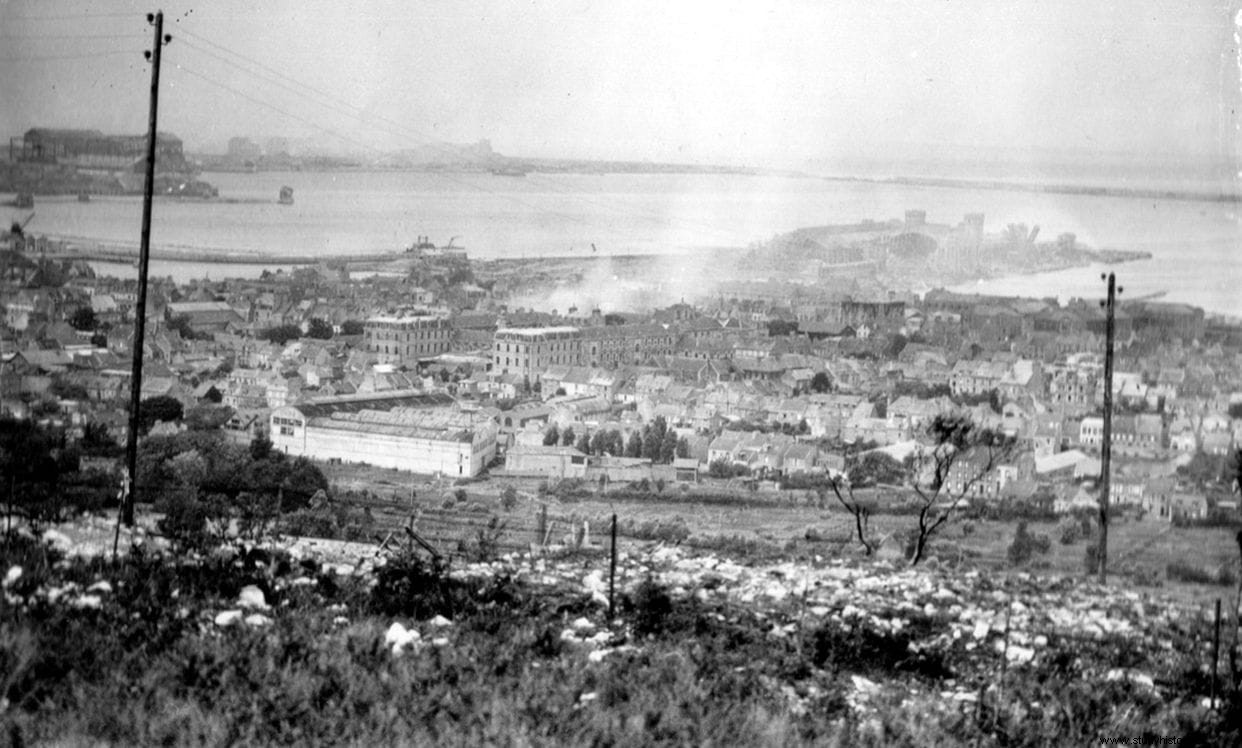
In essence, it was about occupying the Cotentin peninsula, north of Normandy, where the strategic port of Cherbourg was located, which the British knew well from having used it in the 1940 evacuation. The problem was that it was heavily defended by coastal batteries. heavy guns and a series of forts, in addition to having airstrips for the Luftwaffe very close, in Malpertus-sur-Mer and Quarqueville.
Success was doubtful, to say the least, and the British once again refused despite Churchill seeing Sledgehammer with good eyes and because the Soviets also supported him -Molotov discussed it during his visit to London-; Roosevelt didn't want to either because, to use his words, he refused to do anything to help Russia. Divisions were finally placed in Cherbourg... which had to be quickly evacuated in the face of the German counterattack.
Once again it was clear that the invasion would have to bide its time and attention was turned back to Africa with Operation Torch mentioned above, which benefited from some of the previous Roundup studies . At the Casablanca Conference, the possibility of carrying out the French landing was considered settled and, instead, the British plan to conquer Sicily with Operation Husky was undertaken. .
